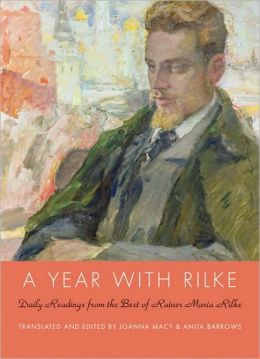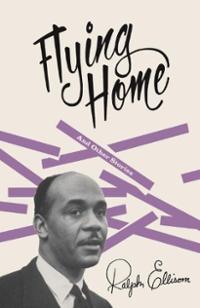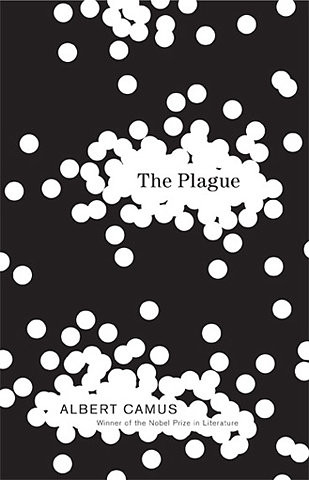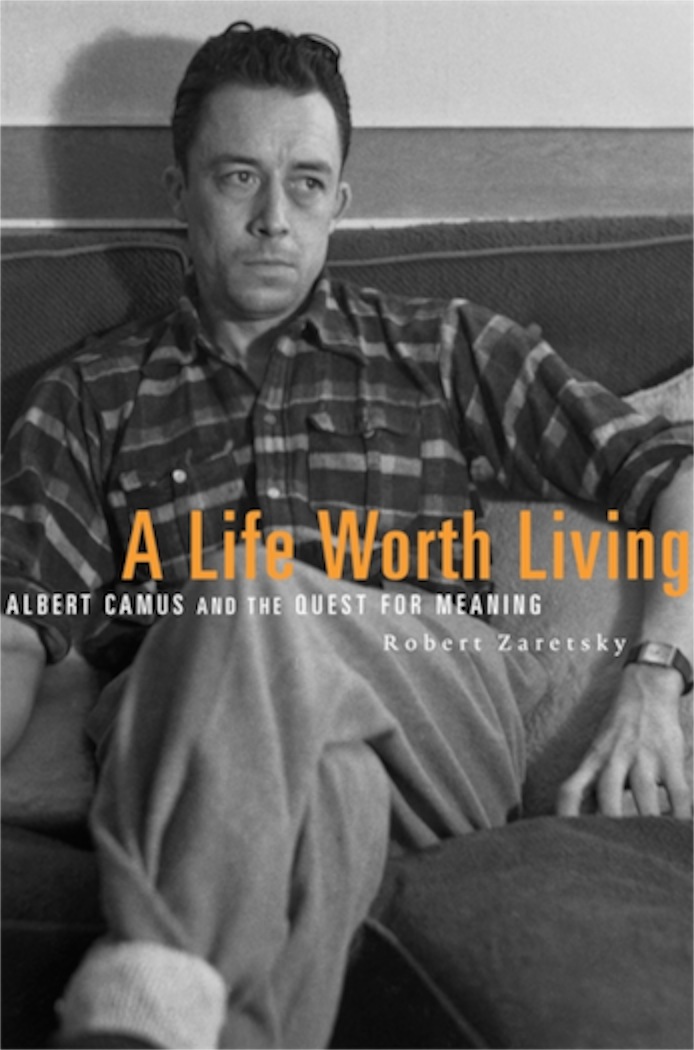Yellowstone Yesterday and Today
03/01/14 20:29
Paul Horsted with Bob Berry, Yellowstone Yesterday and Today (Custer, South Dakota: Golden Valley Press, 2012)
The Yellowstone Park book, however, strikes even closer to my heart. For one thing, I grew up in Yellowstone country and we visited the park virtually every year of our lives when we were growing up. I’ve made countless flights over the park and trips through it to show it to guests and friends from around the world. In 1988, when fires burned in seemingly every corner of the park, I obtained a special clearance to fly over a corner of the park to observe the fires and the arial firefighting efforts. Since those days we have visited every 5 years or so. So the scenes in the pictures are familiar to me.
But the layout and presentation of the book strikes me at an even deeper level. The pictures are arranged as if they were old stereopticon slides. We used to spend hours looking at the stereopticon slides at my Uncle Ted’s home. And he had at least two or three boxes of stereo views of Yellowstone Park. His father had bicycled through the park when there were few passable roads, following the horse trails on his two wheeler.
There are some pictures in which the old photos are more familiar to me than the new ones. At Norris and the West Thumb area the fires of ’88 changed the view drastically from what I remember. I can remember several different arrangements of boardwalks on the terraces at Mammoth. And I have a clear memory of the rock in the middle of Tower Falls before it fell.
This book is extremely well-done. Horsted and Berry have done their homework and the perspectives are amazingly accurate. It is a treasure that I will return to over and over again.
A Year with Rilke
03/01/14 20:06
Rainer Maria Rilke, A Year with Rilke: Daily Readings from the Best of Rainer Maria Rilke translated and edited by Joanna Macy and Anita Barrows (New York: Harper, 2009)

Joanna Macy and Anita Barrows have done an excellent job of translating Rilke for an audience that speaks only English. The translations themselves are poetic, lyrical and rhythmic. It was a joy to mark my days with these readings and already I miss the daily challenge, though I’ve begun a new discipline with a new poet for this year.
Rilke wrote about a surprising range of topics, emotions, and life experiences. And his words brought to life the connections between a time gone by and the times in which we live. I definitely recommend Rilke to anyone who appreciates the beauty of thought and thoughts of beauty.
Flying Home
03/01/14 19:59
Ralph Ellison, Flying Home and Other Stories (New York: Vintage Books, 1997 edition.)

There is more to Ralph Ellison than race, though he is unashamed and courageous in tackling race and racism in America. The stories tell of a side of American culture that I know only through reading and they pack a punch that one does not soon forget.
This is a dynamic collection of stories that are well worth reading even if one is not on a quest to learn more about Ralph Ellison.
The Plague
03/01/14 19:48
Albert Camus, The Plague (New York: Vintage Books, 1991 edition.)

Because Dr. Rieux is believable, the entire story becomes believable, even the type of isolation, which in reality must be impossible. It works somehow in the story and the story and its characters make the suspension of disbelief work very well.
It is, in a way, a more mature work that Camus’ earlier novels. It shows that there is meaning and purpose forged in a world where the understanding of ultimate meaning and ultimate purpose may be beyond the grasp of most of the people. In a sense this existentialist novel makes a reasonable case against existentialism. It is a dynamic I don’t think I appreciated when reading Camus earlier in my life.
A return to the classics is often an enlightening journey and I have enjoyed my adventures in Camus.
A Life Worth Living
03/01/14 19:36
Robert Zaretsky, A Life Worth Living: Albert Camus and the Quest for Meaning (Cambridge, Massachusetts: Harvard University Press, 2013.)

Zaretsky’s book, it seems is something more than a biography. It doesn’t so much trace the events of Camus’ life as tell the story of how those events shaped his work and outlook. Quite frankly, I have little interest in another biography that tells the events of a man whose ending I know. He dies in a senseless car crash. Zaretsky, however, explores the deeper meanings of a man who lived his life somewhere on the border between his native Algiers and France, between the realities of Arabian culture and the ways of Paris and the scene of artists. And Zaretsky is always asking the question, “What does it mean?”
The book is an easy and insightful read, well worth the time for anyone interested in Camus. It also puts his writings into a perspective that made this year’s return to his previous works especially meaningful.